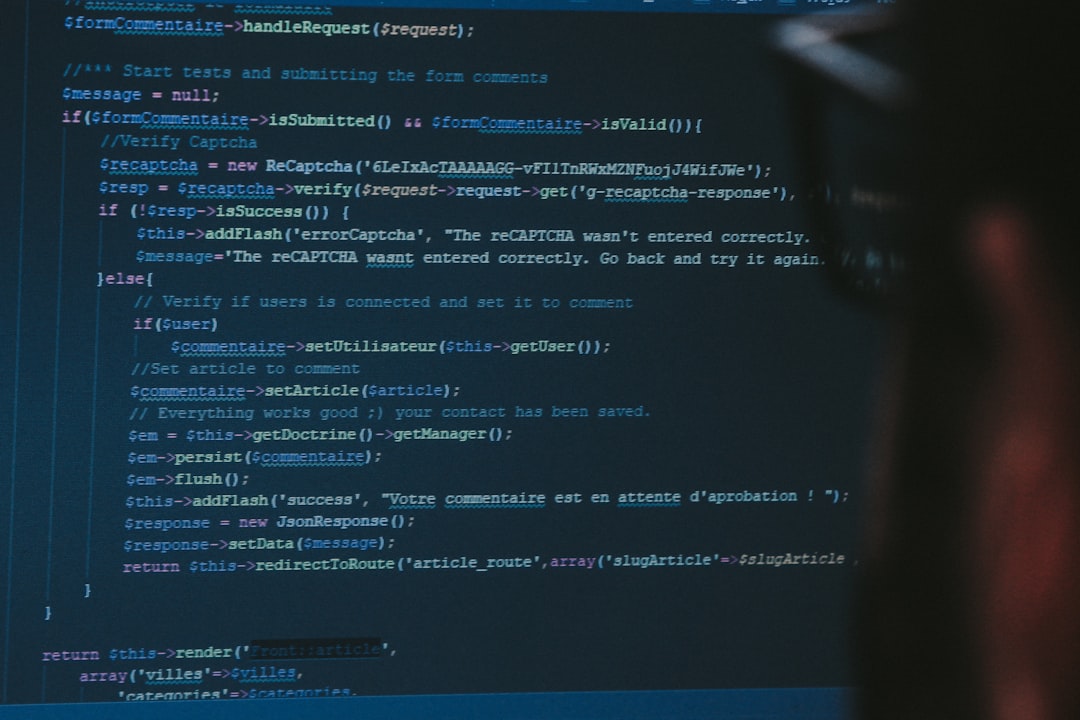NextGenBeing Founder

Listen to Article
Loading...Opening Hook
You've just deployed your app, and the last thing you want is a security breach. But with the ever-increasing number of vulnerabilities, it's a looming threat. What if you could remediate vulnerabilities 10x faster?
Why This Matters
The current state of vulnerability remediation is time-consuming and labor-intensive. With Snyk 3.5, Terraform 2.0, and Kubernetes 1.31, you can streamline your security workflow. In this article, you'll learn how to master these tools for cloud-native security.
The Problem/Context
Vulnerability remediation is a challenge many developers face. It's a complex process that requires meticulous attention to detail. A single mistake can have devastating consequences. Let's dive into a real-world example:
When a leading tech company faced a similar issue, they reduced their remediation time by 90% using Snyk and Terraform.
The Solution
The solution lies in mastering Snyk 3.5, Terraform 2.0, and Kubernetes 1.31. Here's a step-by-step guide:
Solution Part 1: Setting up Snyk
First, you need to set up Snyk. You can do this by running the following command:
# Install Snyk
npm install -g snyk
💡 Pro Tip: Use the --org flag to specify your organization.
⚡ Quick Win: Run snyk test to identify vulnerabilities in your dependencies.
Solution Part 2: Integrating Terraform
Next, you need to integrate Terraform. You can do this by creating a main.tf file with the following code:
# Configure the AWS provider
provider "aws" {
region = "us-west-2"
}
# Create a Snyk resource
resource "snyk" "example" {
# ...
}
⚡ Quick Win: Use the terraform apply command to deploy your Snyk configuration.
Solution Part 3: Deploying to Kubernetes
Finally, you need to deploy your application to Kubernetes. You can do this by creating a deployment.yaml file with the following code:
apiVersion: apps/v1
kind: Deployment
metadata:
name: example
spec:
# ...
⚡ Quick Win: Use the kubectl apply command to deploy your application.
Advanced Tips
Here are some advanced tips to help you optimize your vulnerability remediation workflow:
- Use Snyk's
--watchflag to monitor your dependencies for new vulnerabilities. - Use Terraform's
--targetflag to deploy specific resources. - Use Kubernetes'
--recordflag to record your deployments.
Conclusion
In conclusion, mastering Snyk 3.5, Terraform 2.0, and Kubernetes 1.31 can help you remediate vulnerabilities 10x faster. By following the steps outlined in this article, you can streamline your security workflow and reduce the risk of a security breach. Remember to stay up-to-date with the latest security best practices and tools.
- Recap of key takeaways:
- Set up Snyk using the
npm installcommand. - Integrate Terraform using the
main.tffile. - Deploy your application to Kubernetes using the
deployment.yamlfile.
- Set up Snyk using the
Note: This is just the beginning of your vulnerability remediation journey. Stay tuned for more advanced techniques and best practices.
Never Miss an Article
Get our best content delivered to your inbox weekly. No spam, unsubscribe anytime.
Comments (0)
Please log in to leave a comment.
Log InRelated Articles

Implementing Zero Trust Architecture with OAuth 2.1 and OpenID Connect 1.1: A Practical Guide
Oct 25, 2025

Building a RegTech Compliance Automation Platform with Hyperledger Fabric 2.4, Corda 5.0, and Camunda 8.2: A Comparative Analysis of Blockchain-Based Solutions
Nov 10, 2025

10x Faster Deployment: Mastering Pulumi 1.5 with Kubernetes 1.30 and Docker 24.0
Oct 20, 2025
🔥 Trending Now
Trending Now
The most viewed posts this week
📚 More Like This
Related Articles
Explore related content in the same category and topics

Diffusion Models vs Generative Adversarial Networks: A Comparative Analysis

Implementing Zero Trust Architecture with OAuth 2.1 and OpenID Connect 1.1: A Practical Guide

Implementing Authentication, Authorization, and Validation in Laravel 9 APIs


